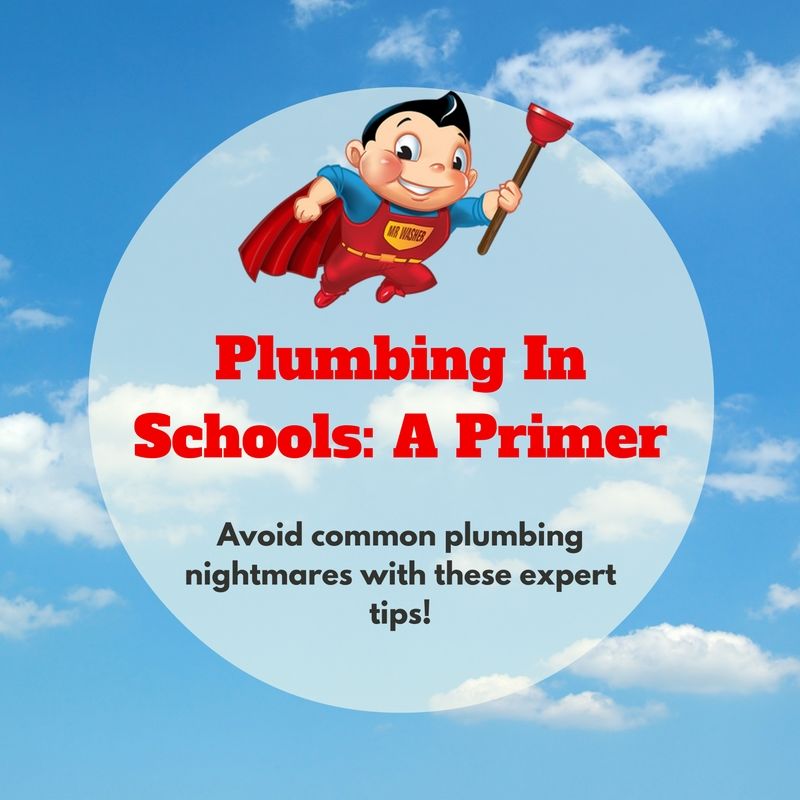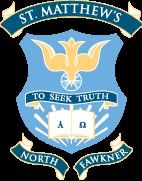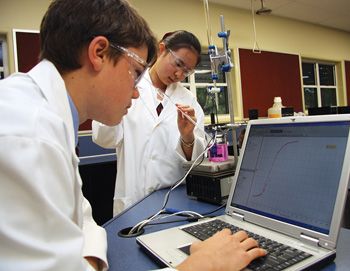There are many reasons a school should hit the front pages. Amazing test results, sporting prowess and success in the arts are all great exposure for the amazing work schools do. Unfortunately, thanks to some historic plumbing, Australian schools could end up in the news for all the wrong reasons.
Recent research in north-east Tasmania has shown that ageing pipes are leaking lead into the water supply.
The long-studied links between lead exposure and a range of developmental and health problems has been well established, and it is vital schools are kept in the loop with the latest in the plumbing industry’s steps towards a lead-free environment.
Over in the USA, our industry counterparts and legislators have quietly rolled out laws effectively eliminating the use of lead in new builds.
Safety First
While the standards that protect Australians from lead contamination in drinking water are, definitively, effective and safe, historic schools and buildings are at a higher risk. With so many of Australia’s most prestigious schools dating back to the early twentieth (or even late nineteenth!) century, when pipe standards were far lower, it’s important to have a regular investigation of the quality of pipe work.
Lead contamination isn’t easily detectable, and neither is it the first or only sign of a serious pipe problem. A foul smell coming from pipes can be the sign of a serious blockage – and, if it’s a sewer blockage, you’re risking a fountain of raw waste spilling into the school.
Older pipes are more prone to these kinds of problems.
Scale, mineral sediments that build up on the interior of the pipes, makes it easier for waste matter of any kind to get caught inside the pipes and cause a blockage. The older the pipes, and the worse the quality and workmanship, the more prominent scale will be.
Botched Jobs
It’s tempting to look for a contractor in the back pages of a phone book. But, time and time again, we’ve worked with schools who’ve found themselves lumped with unsatisfactory work at an exorbitant price.
Any plumbing work in a school must be completed in compliance with Australian safety and quality standards. That’s the baseline.
That means having a licensed, and qualified, expert plumber investigate and repair damage or perform a risk assessment to identify potential future faults. It’s never too early to get ahead of the game.
Everything from hot water heaters in schools to sewage plumbing can be at risk of a botched job. Don’t trust a team who won’t guarantee, and warranty, their work.
Common School Plumbing Headaches
Burst and blocked pipes are just the start of school plumbing headaches.
Hot water systems, whether solar, instantaneous or tank systems, are a feature of almost every school plumbing system, even if they’re not getting the same shower-heavy load they would in a residential environment.
Heaters require service regularly, and should be replaced every ten years by a certified technician. That’s the lifespan of most hot water heaters.
There’s also the issue of thermostatic mixing valves. These mix hot and cold water in order to deliver hot water at a consistent safe temperature. They’re also designed to shut off when hot water comes in over a certain temperature. This prevent scalding, and is actually a legal requirement on hot water systems in schools, as it is in hospitals and aged care facilities.
Safety means taking proactive steps to protect the wellbeing of students. A thermostatic mixing valve is a step towards a safer school environment; protecting students from harm while not compromising access to hot water.
Students First
Sanitation and water access has to be student focused. By prioritising the safety and well-being of students, you’re ensuring a smoothly run, safe school. Plumbing plays an important role in making sure students are well looked after and have everything they need to make the most out of their education.
TEL: 1300 679 274



